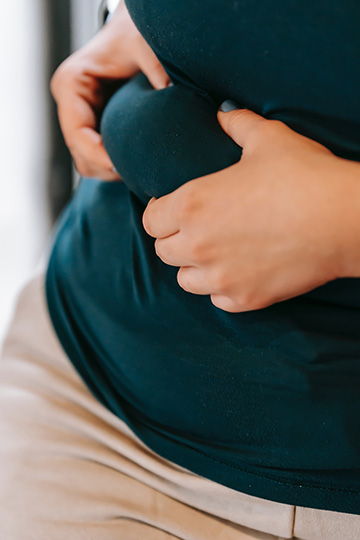


Why is it important to measure body fat? There’s a lot of reasons, but the main reason is for health issues, since obesity is the leading cause of preventable death. In fact, the very definition of obesity is an excess of body fat. You can’t just judge by weight, since people who are extremely muscular may weigh more than the average person, since muscle tissue weighs more than fat tissue does. A person that is overweight or obese is more prone to serious conditions, such as diabetes, heart disease and certain types of cancer.
Insurance companies use measurements like BMI—body mass index—to determine rates.
BMI uses your height to weight ratio to determine body fat. It doesn’t consider how muscular the person is or identify where the fat is located, which makes it far less reliable than more technical measures. It simply uses your gender, height and weight to label you severely underweight, underweight, optimal, overweight, obese or severely obese. It’s a quick reference for a physician, but just the starting point if the measure is to find how healthy the patient is.
Skinfold calipers are another way to identify body fat.
Although slightly more expensive than using BMI, which is free, skin fold calipers measure body fat and are also easy to use. They pinch and measure the fat directly under the skin, like that on the thighs, abdomen and triceps. Besides those three sites, measurements can be taken under the shoulder blades, on the chest, near the armpit on the midaxillary or right above the hip. By adding the measurements of several sites together, the test results in a score that is labeled from excellent to poor. There are also two different charts, one for athletic people and one for average people.
An easy way to identify body fat and get a more informative result is the circumference measurement.
Another quite informative and inexpensive way to identify how much body fat someone has is the circumference measurement—CM. All it requires is a tape measure and the equation that uses those numbers to determine body fat. For women, the measurement is taken directly below the voice box and rounded up, at the waist and rounded down and at the largest part point on the hips where the butt protrudes the furthest. For men, it’s measured at the first two places, but not at the hips. These numbers are then put into a formula that produces the percentage of body fat.
- Duel-energy X-ray absorptiometry—DXA and hydrostatic weighing(underwater weighing) are two more detailed and expensive ways to measure body fat percentage. The availability of both is limited and expensive.
- Fat mass index—FMI—uses a height to waist circumference ratio. For women the formula is 76 – (20 x height/waist circumference) and for men it’s 64 – (20 x height/waist circumference).
- The air displacement plethysmography called the Bod Pod, uses air displacement, much like hydrostatic weighing uses water displacement. It’s quick and accurate, but expensive and not readily available.
- Other ways to measure body fat include bioelectrical impedance analysis—BIA, bioimpedance spectroscopy—BIS, electrical impedance myography—EIM, 3-D body scanners and multi-compartment models, which is considered the best and the gold standard, but not readily available.
For more information, contact us today at Travel Trim
